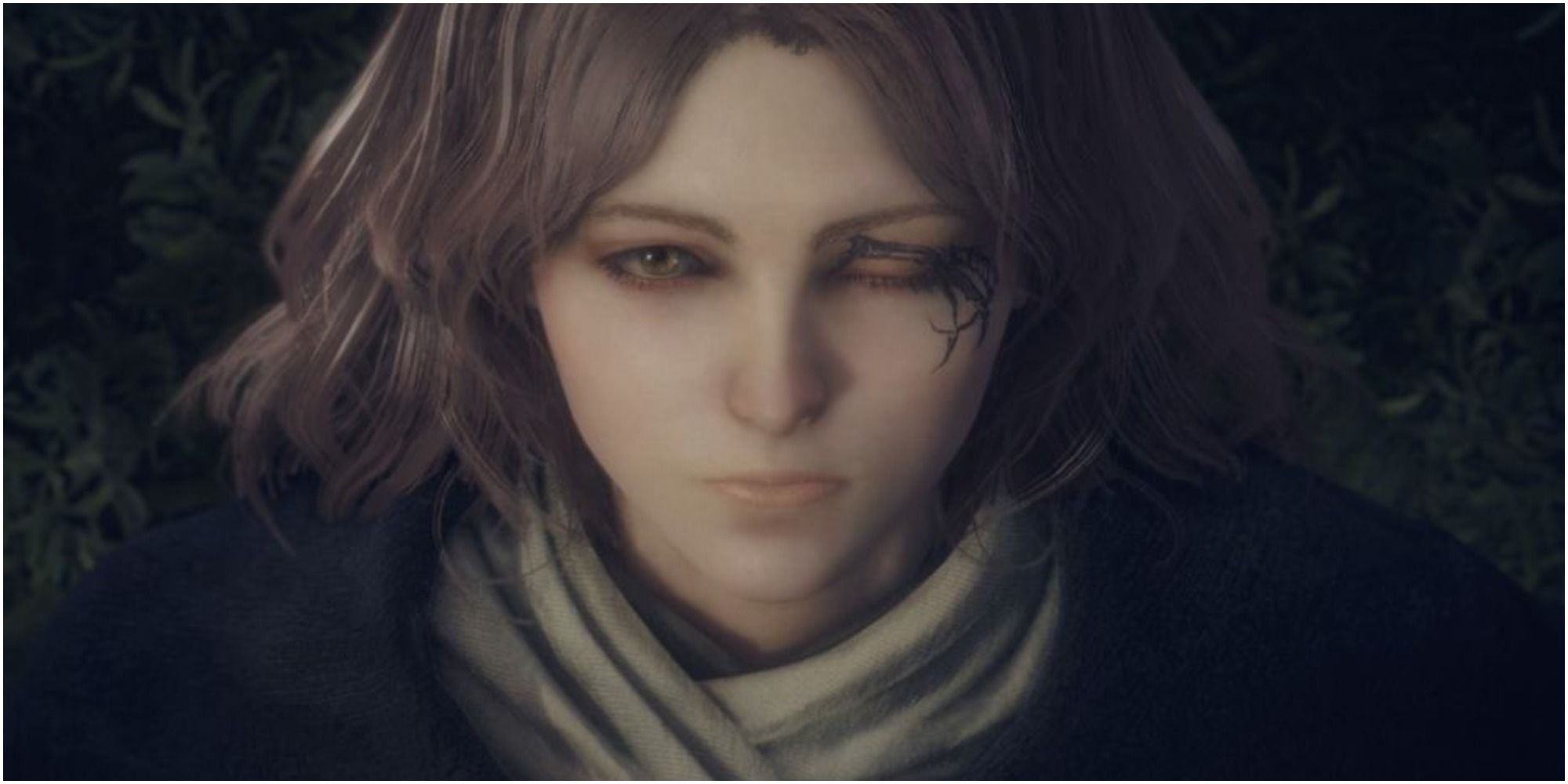Elden Ring, for many players, can be confusing. Newcomers to the Souls genre have to work with FromSoft’s minimal handholding, where to go isn’t always clear, and a lot of gameplay has to be learned. That’s not necessarily a bad thing, especially when players invest a ton of time into Elden Ring. Once learned, it’s rewarding.
The thing is, the same can be applied to Elden Ring’s lore. A lot of it is confusing, and many who have beaten the game and seen every ending may still be piecing things together. Just like its gameplay mechanics, investing in Elden Ring’s lore is rewarding. Many, specifically, may be curious about the variety of names they see, or perhaps more accurately, the lack of variety. Many names in Elden Ring begin with G, R, or M, but there’s a good reason why and it goes a little deeper than the surface reason. BE WARNED, TARNISHED: MAJOR SPOILERS FOR ELDEN RING ARE AHEAD.
Why Elden Ring Names Are Confusing
Big picture speaking, many thought that Elden Ring names were derived from George R. R. Martin’s initials, but he denies this was intentional. He says his name is on the cover, so there would be no purpose for him “hiding” his initials in the game. Generally speaking, this basically means he didn’t do it, but naming these characters under this convention has one purpose: relatability.
Repetitive names or phrases are often for familiarity so that readers/players/viewers can keep characters in mind. With Elden Ring, though, it’s easy to confuse Godfrey the first Elden Lord for Godrick for Godwyn, but this is to help players understand the divine lineage of these characters. In short, characters whose names begin with a G are related to Godfrey, with an R are related to Radagon/Rennala, and with an M are Omens, as well as based on their relationship with Marika.
Obviously, not all characters with these names beginning with these letters are related, but in reference to the various children of Marika and demi-gods of Elden Ring, this pattern holds true. This pattern is perhaps most interesting when applied to another NPC in the game, who is not related in any way: Melina.
Elden Ring – G Names for the Children of Godfrey and Marika
A lot of this traces back to the marriages of Marika, so that is worth keeping in mind. Marika was first married, as far as players are aware, to Godfrey the first Elden Lord. They had a child together, Godwyn, whose death catalyzed the shattering of the Elden Ring. Though Godfrey’s bloodline is also Godrick, who is hated among The Lands Between’s denizens. His exact relations are unclear, but it’s clear he envied the love given to Godwyn the Golden. So, in proper response, he takes his title of “The Golden.”
Now, Godfrey and Marika have a few more children whose names begin with M, but they will be discussed shortly.
Elden Ring – R Names for the Children of Radagon/Rennala
Radagon and Rennala were once enemies who became lovers, begetting three children. What players learn at the end of Elden Ring is that Radagon and Marika are one and the same. It appears they once were able to conduct themselves in separate bodies, but they themselves were still one. During Radagon’s marriage to Rennala, they had three children: General Radahn, Praetor Rykard, and Lunar Princess Ranni. Radagon would eventually be called to Marika’s side, after Godfrey became Tarnished, and he would leave Rennala to join her as her Consort—who is himself/herself still.
Beyond their kinship, R-names can be associated with those who rebel against their father and The Greater Will. In one way, it’s possible to see Marika as their “body” and Radagon as their “divine” half—this makes sense as a function of the Golden Order—more of a creed than an organization. Radagon spends time trying to repair the Elden Ring, which his daughter Ranni played some role in having destroyed (by Marika).
Ranni planned out the assassination of Godwyn, leading to the Shattering. Rykard, as seen in the Volcano Manor, opposed The Greater Will the same as Ranni, if in his own way, and Radahn played a major role in Ranni’s belief in the Age of Stars. Now, of course, Radahn wasn’t really picking sides and just wanted power during the war of the Shattering, but his actions do play a major role in Ranni’s rebellion against The Greater Will.
Elden Ring – M Names for the Twin Children (and/of Omens?)
This is where it gets interesting. With Godfrey, Marika has two children who are twins: Morgott and Mohg. With Radagon, Marika also has a pair of twins: Malenia and Miquella. Elden Ring's Morgott and Mohg are both Omens who were cast aside as children. They bear physical abnormalities, such as horns, while Malenia and Miquella were celebrated as Empyreans—those who do not age.
Having twins with each of her husbands, who are essentially two sides of a coin (the god/Empyreans vs. the bad/Omens), likely means something very deep from the lore. For Morgott and Mohg, there is the aspect of foreshadowing (of sorts), as their very existence means bad tidings. Meanwhile, both Malenia and Miquella look to divinity in other ways, such as Elden Ring's Haligtree. Mohg, too, is obsessed with Miquella and many thought he killed his half-brother, but in-game text suggests Mohg failed and Miquella is still “asleep.”
These twins of Marika bear names with Ms and there is some deeper message as they are not like her other demi-god children, bearing some special moniker. This also provides some look into the duality of Elden Ring, such as Marika and Radagon. If Marika was the “human” side and Radagon was the “divine side,” then the same divine-human connection logic can be applied to Mohg and Morgott, as well as Miquella and Malenia. Malenia is the secret powerful boss who is more related to humanity, while Miquella is the divine. Perhaps Mohg and Morgott, as Omens, represent the bad that comes when these two things are not in alignment, per Marika, Radagon, and The Elden Ring.
How Elden Ring’s Names May Clear Up Lore – Marika, Radagon, and...Melina
In short, the G names represent the selectiveness and order of this duality, while the R names represent those who oppose this. Godrick fits in oddly, as someone who is not elected but wants to represent the former order, while Radahn may not intentionally oppose The Greater Will but helps Ranni the Snow Witch in this quest. M names represent this duality itself, while one pair of twins operate in a divinity of sorts, but the others are seen as earthly/omen bringers.
This plays an important role in Elden Ring’s Tarnished PC, too. Somehow, somewhere, Melina fits in all of this as well. Her name begins with an M, and while she does not appear to be related to Marika, she plays a similar role. She represents the duality of Elden Ring: her and the player. She can be an Omen of things, should players take an ending that opposes The Greater Will, defending her and becoming the Lord of the Frenzied Flame. She also represents the other end, as with G names and defending that order—as players can oppose her wishes and become the next Elden Lord.
Players can pursue an ending more in line with Godfrey, or they can pursue an ending more in line with Ranni, defending or opposing The Greater Will. As they are two parts of a duality, as the M names are two parts of a duality, the player players one part in contrast to Melina. In a way, players can either follow the children of Godfrey or the children of Radagon, with Melina as their own personal Marika.
Elden Ring is available now for PC, PS4, PS5, Xbox One, and Xbox Series X.

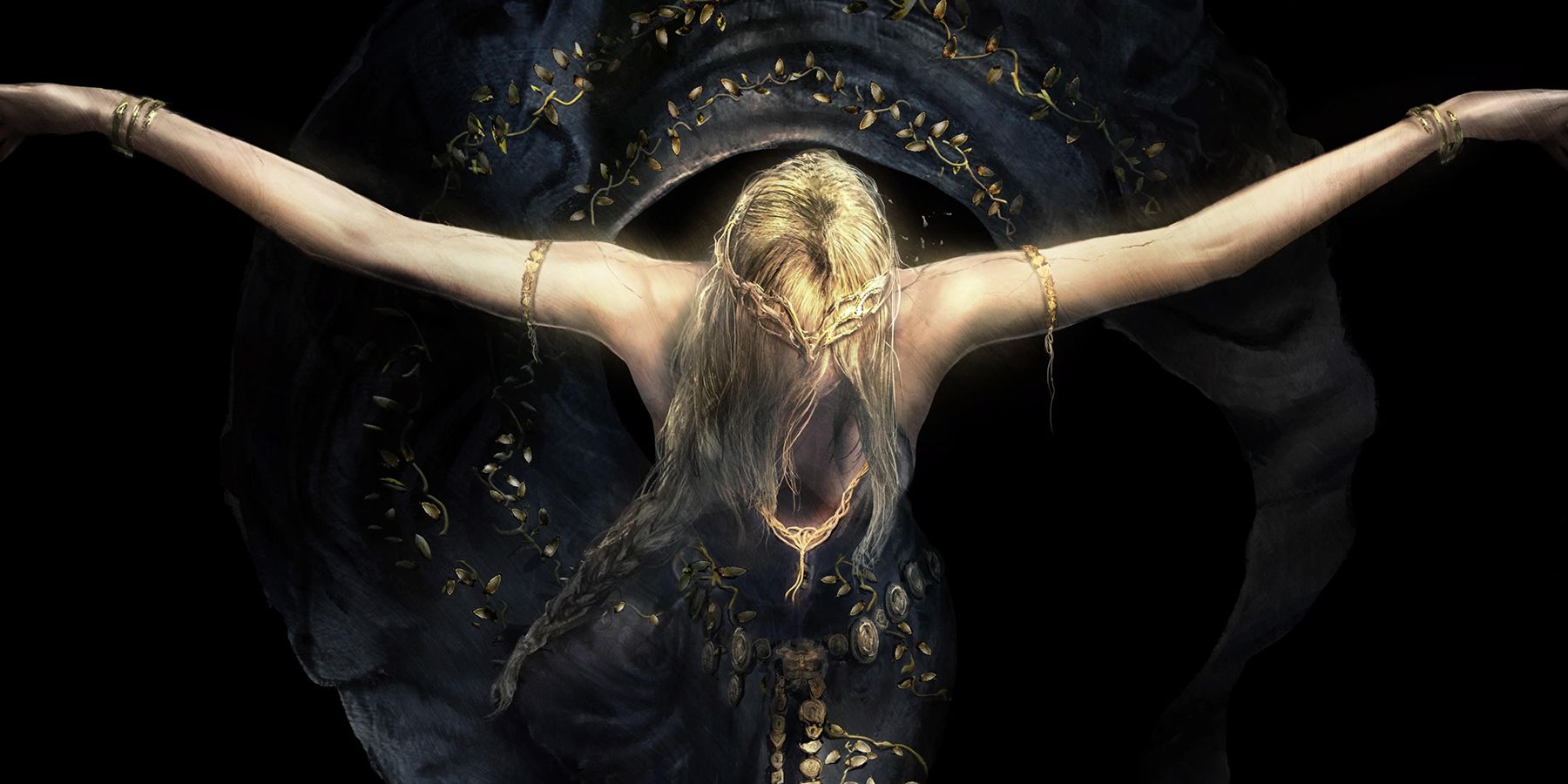
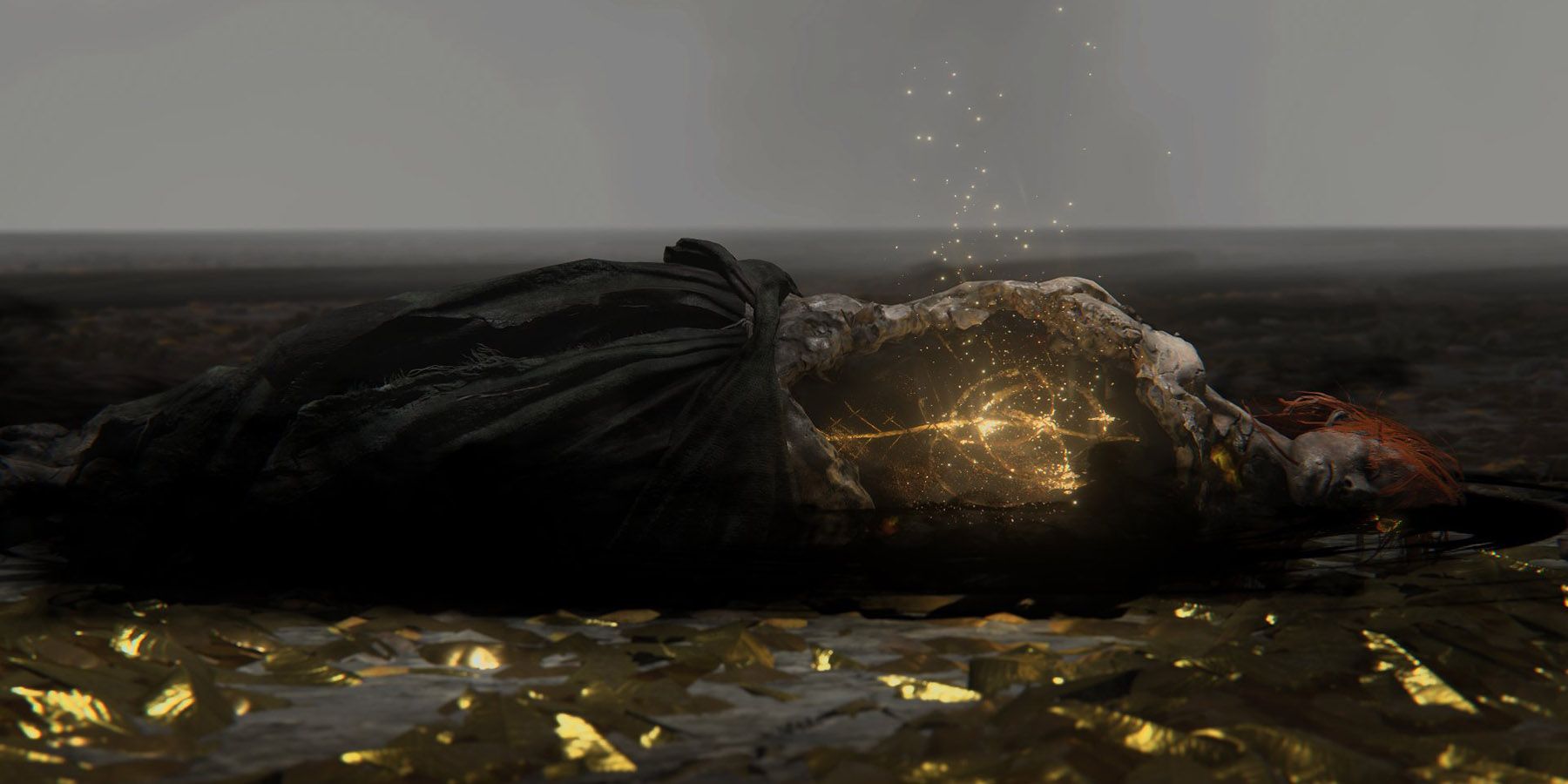
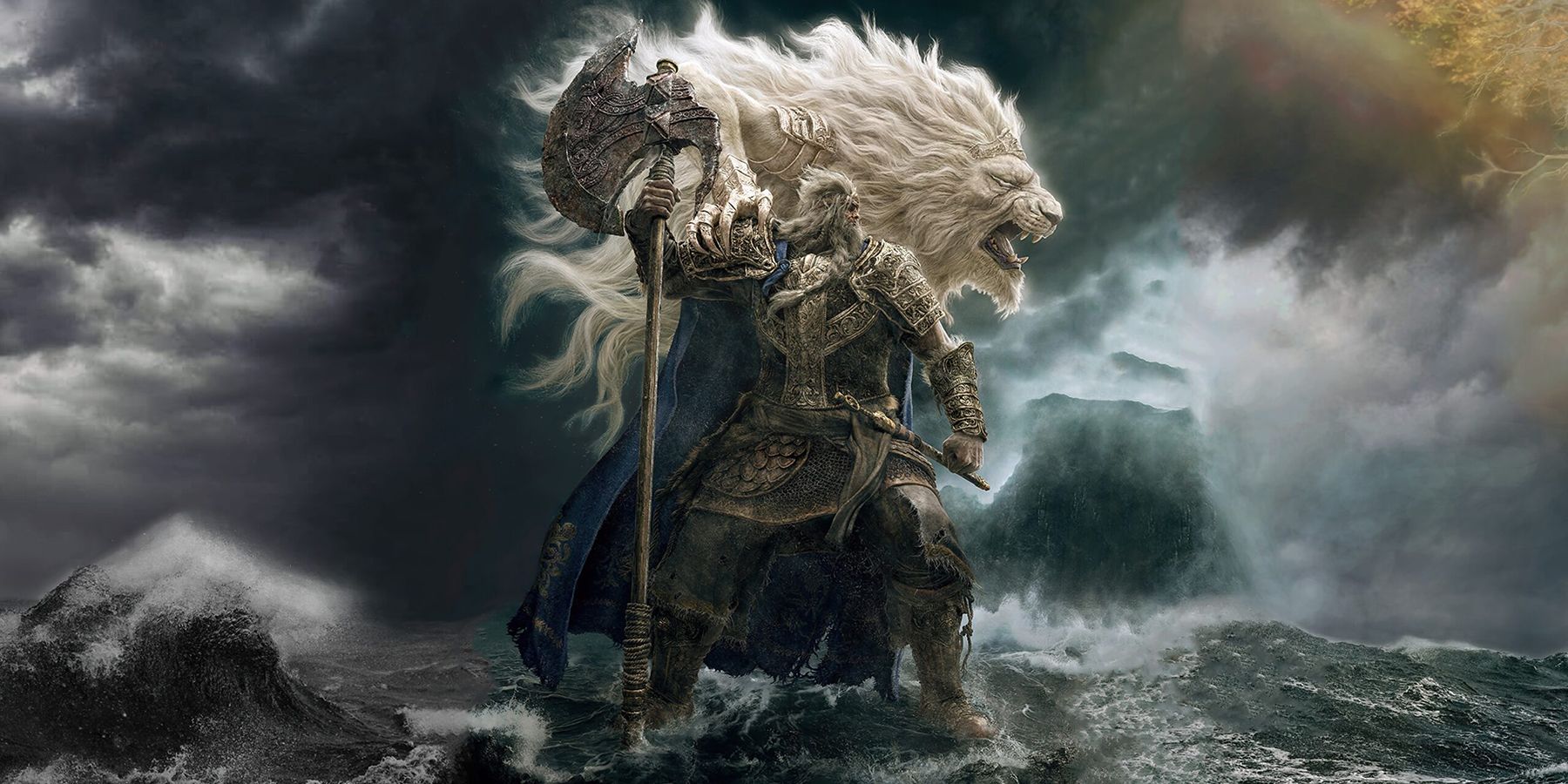
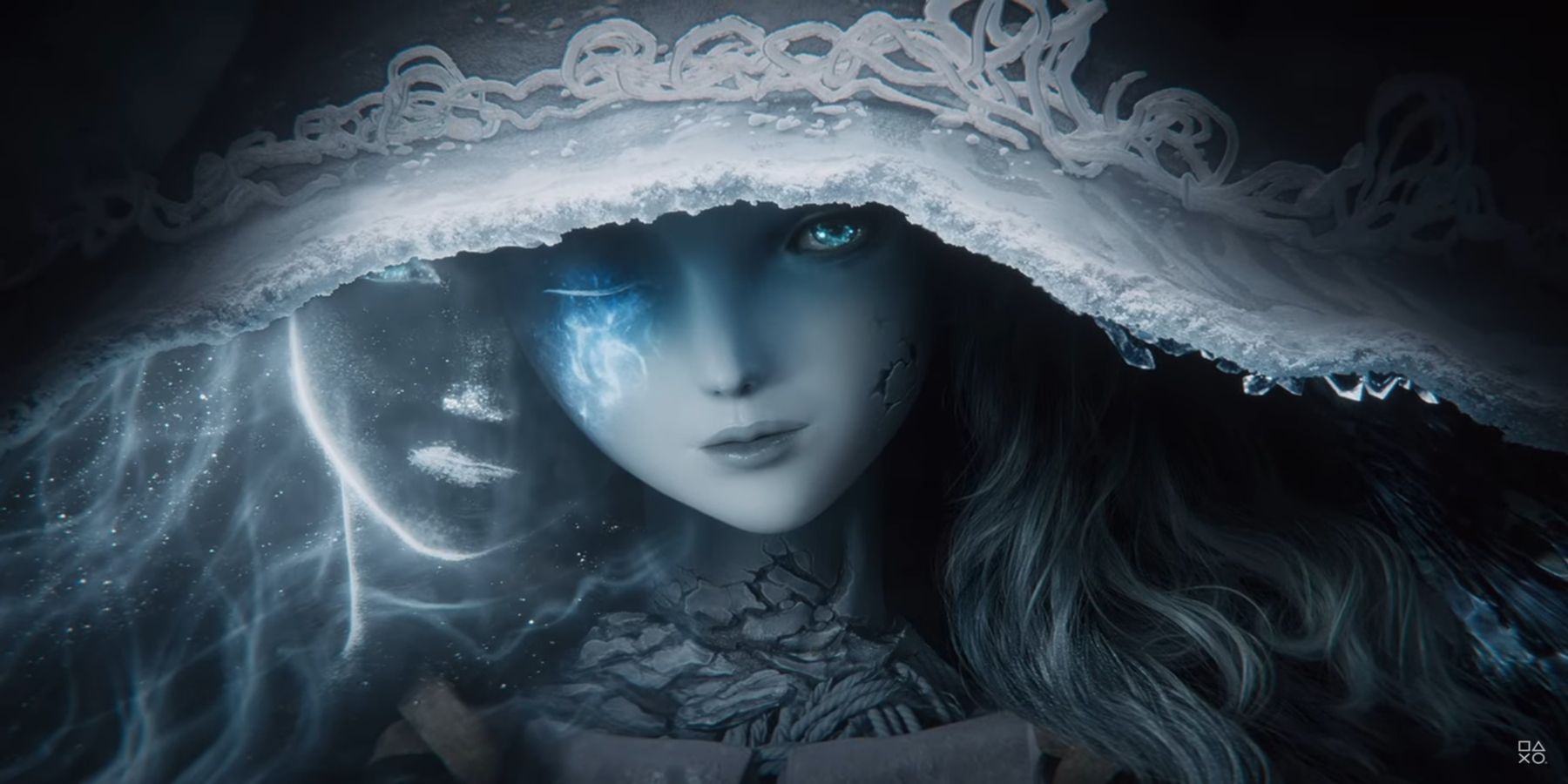
.jpg)
